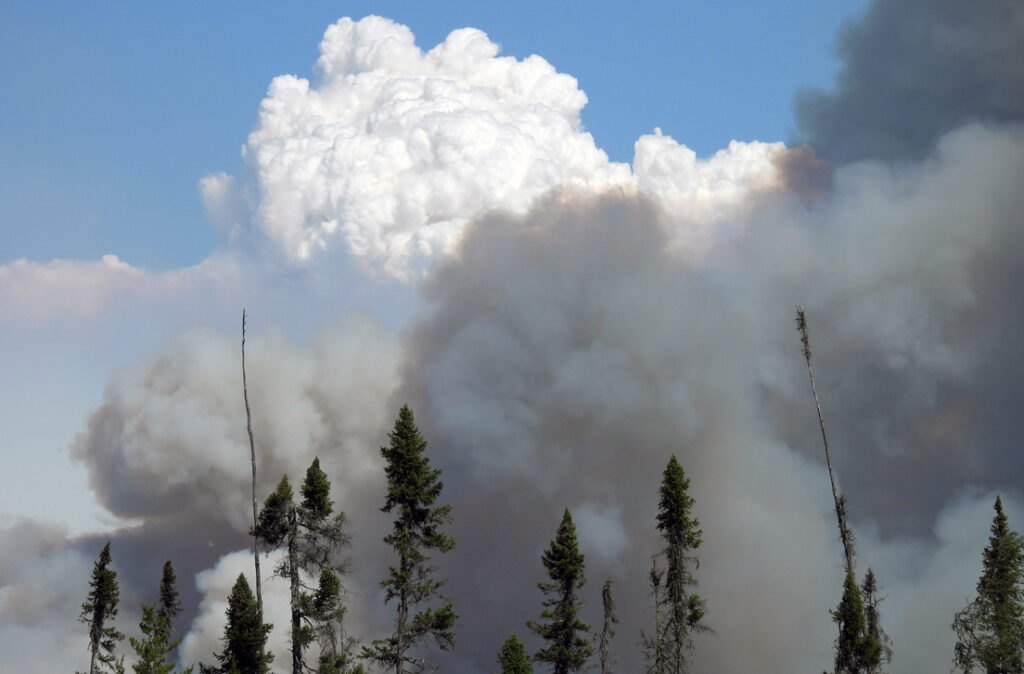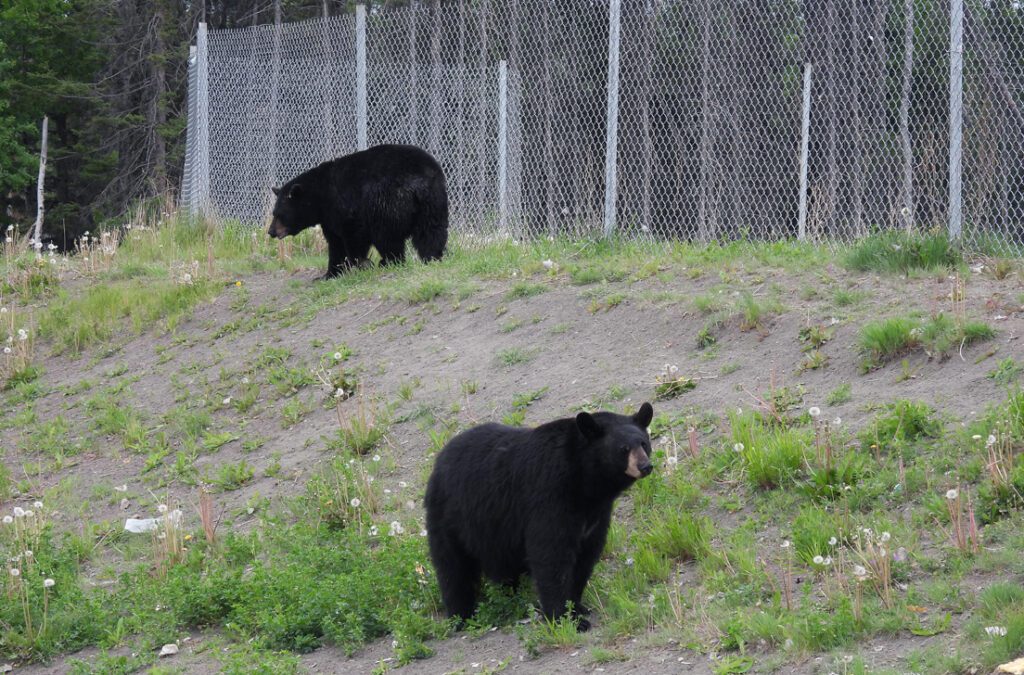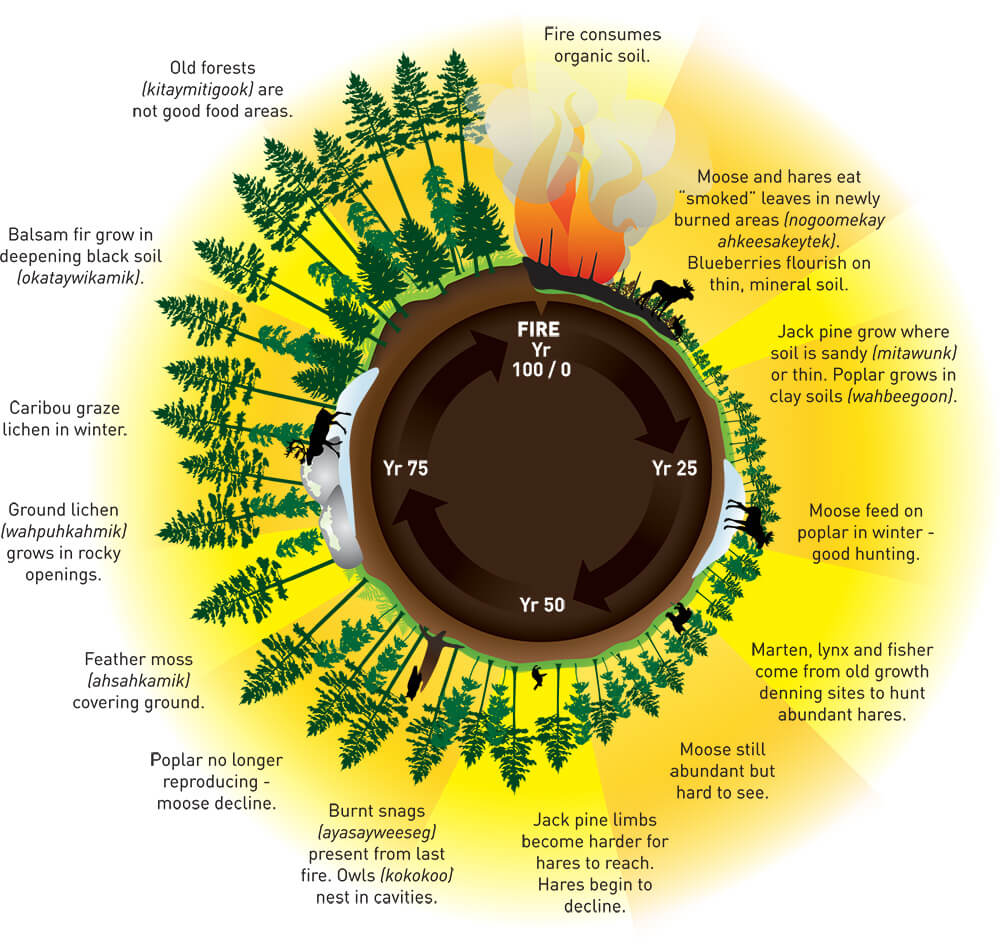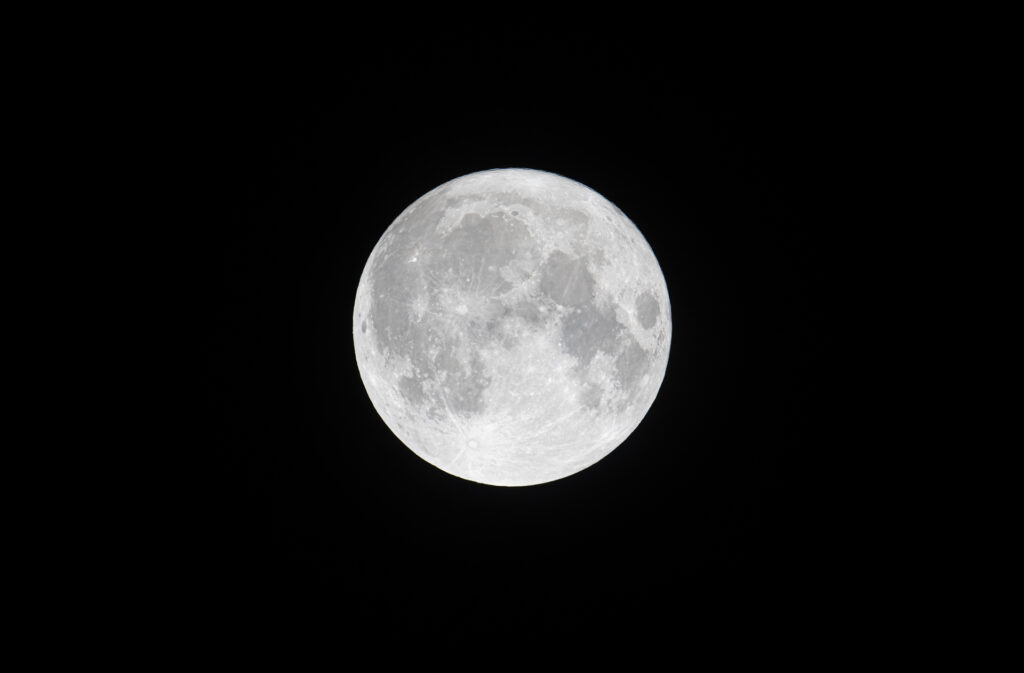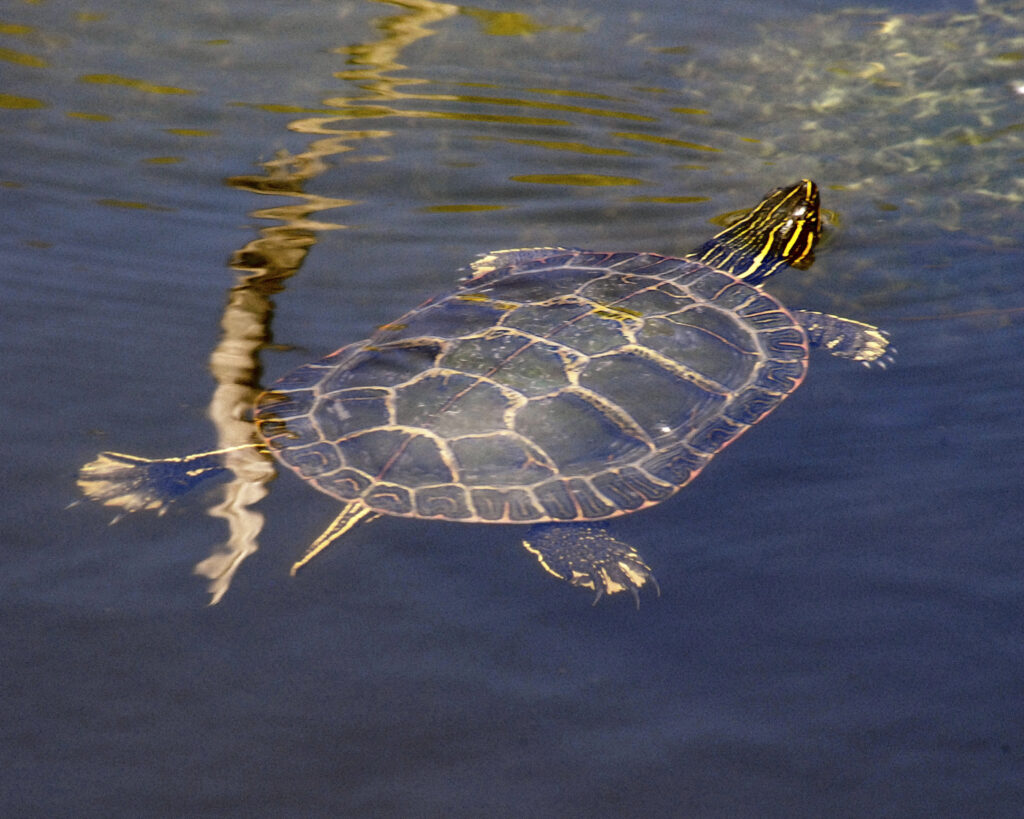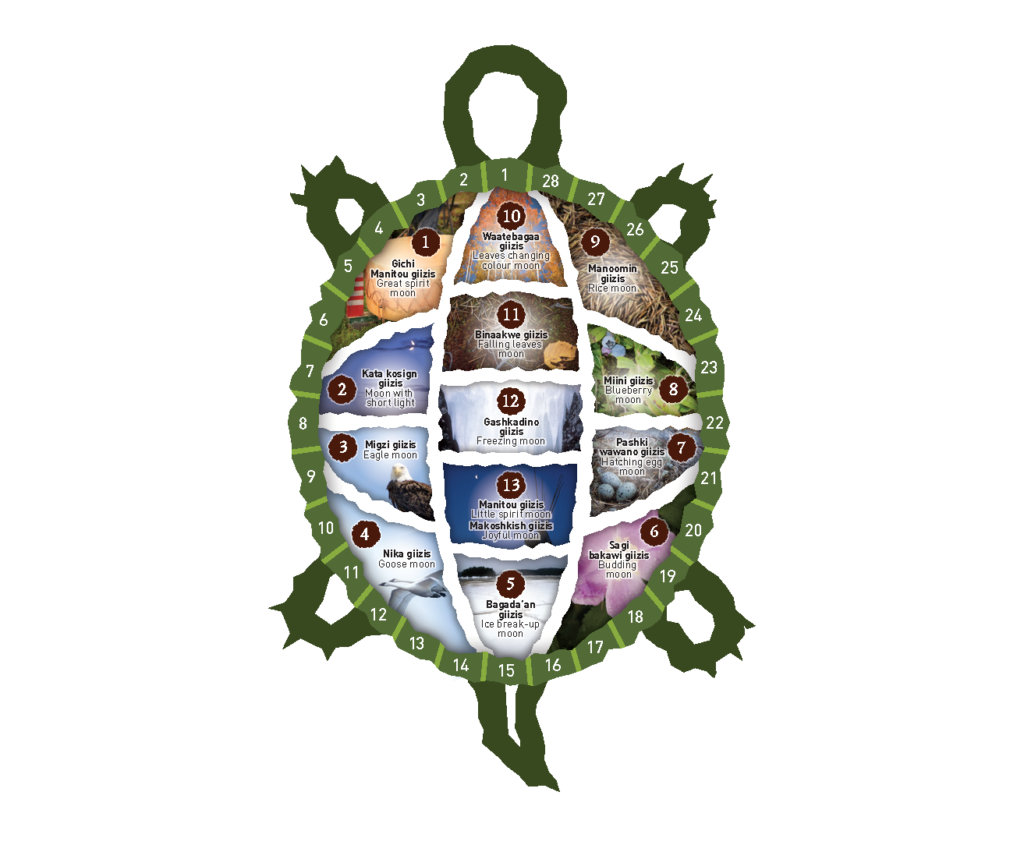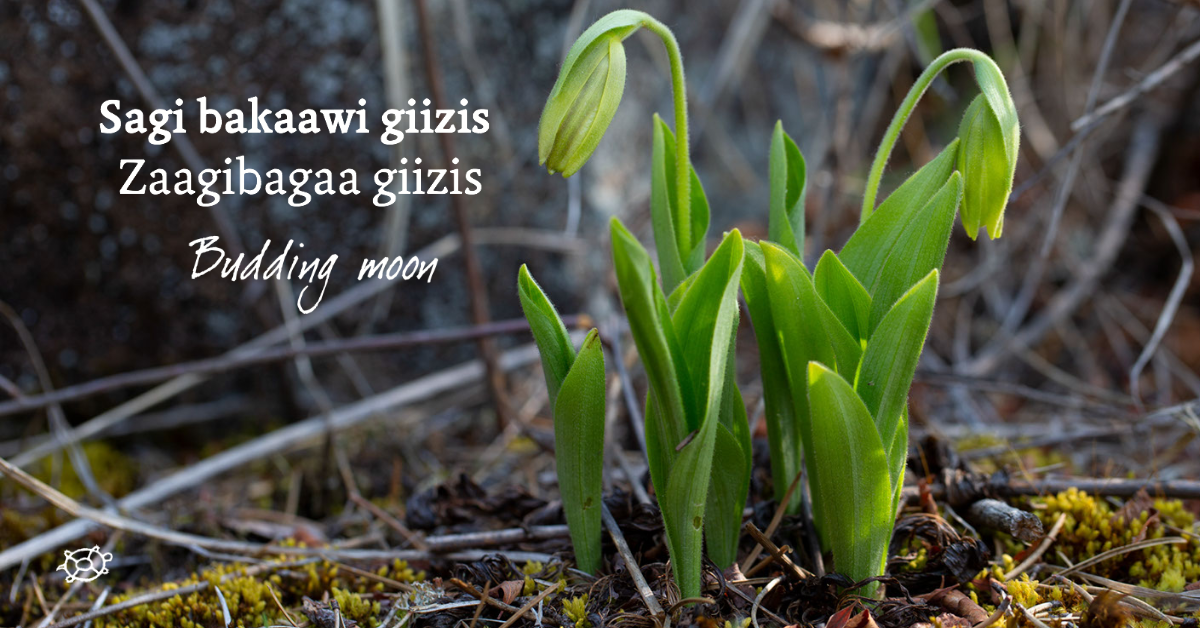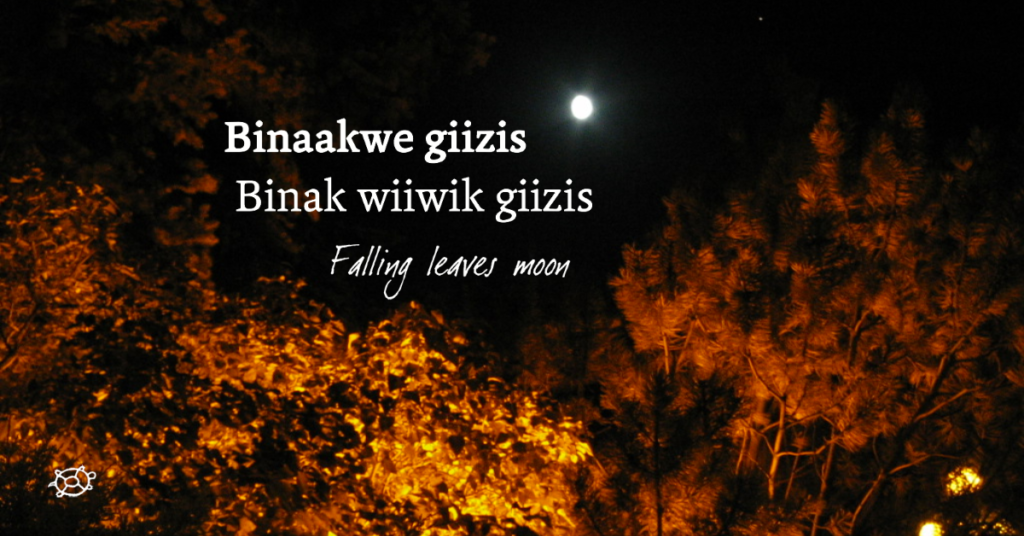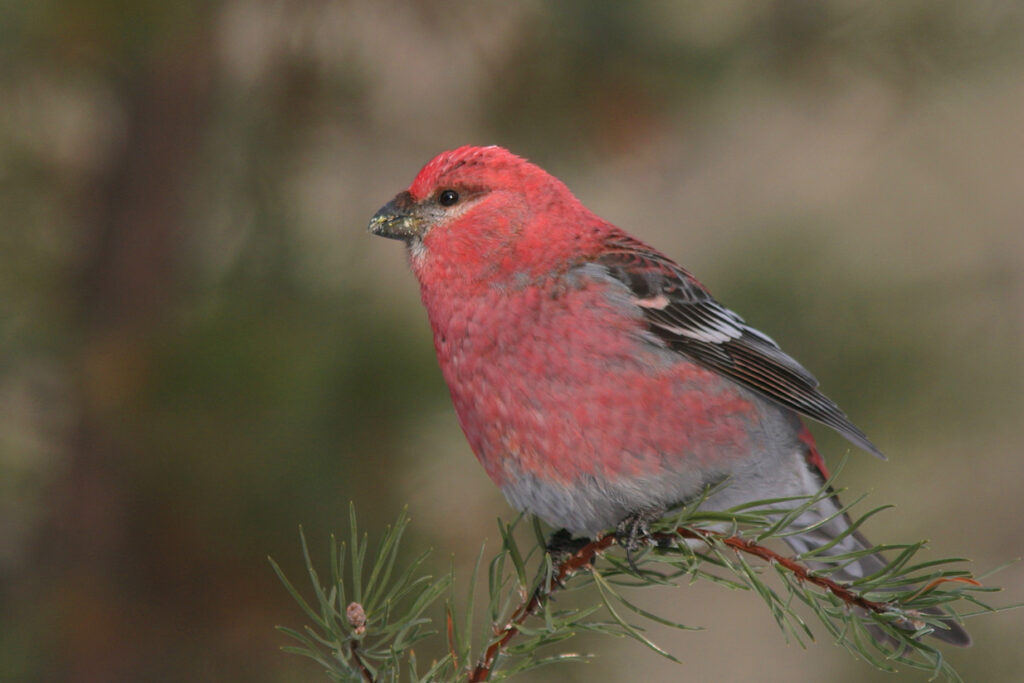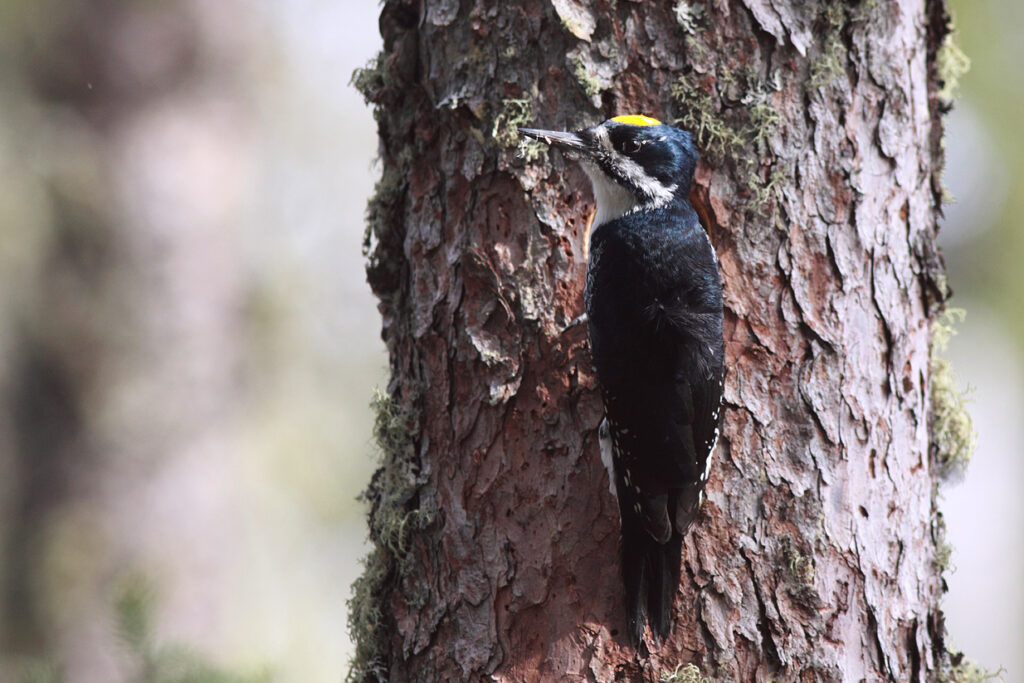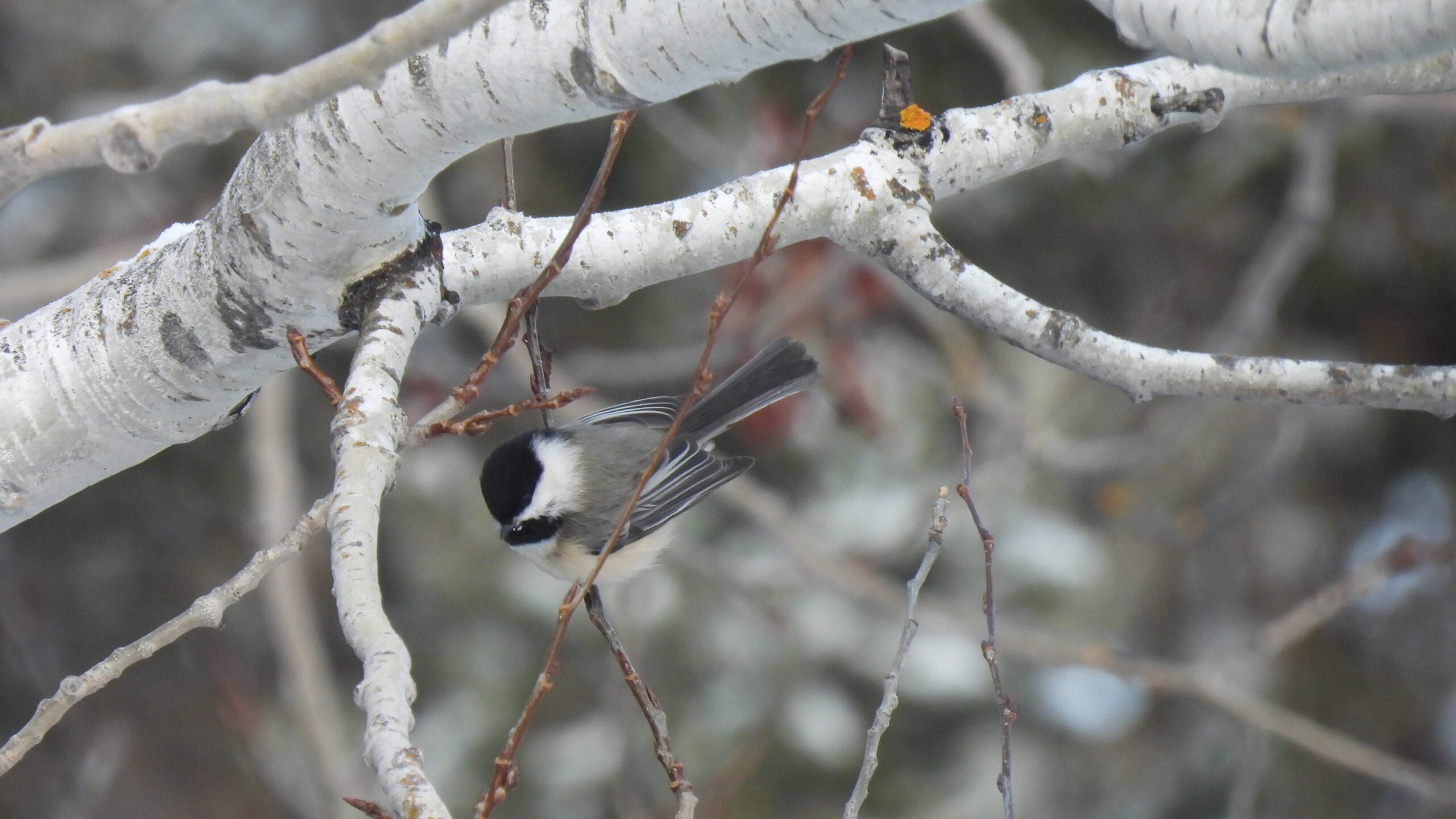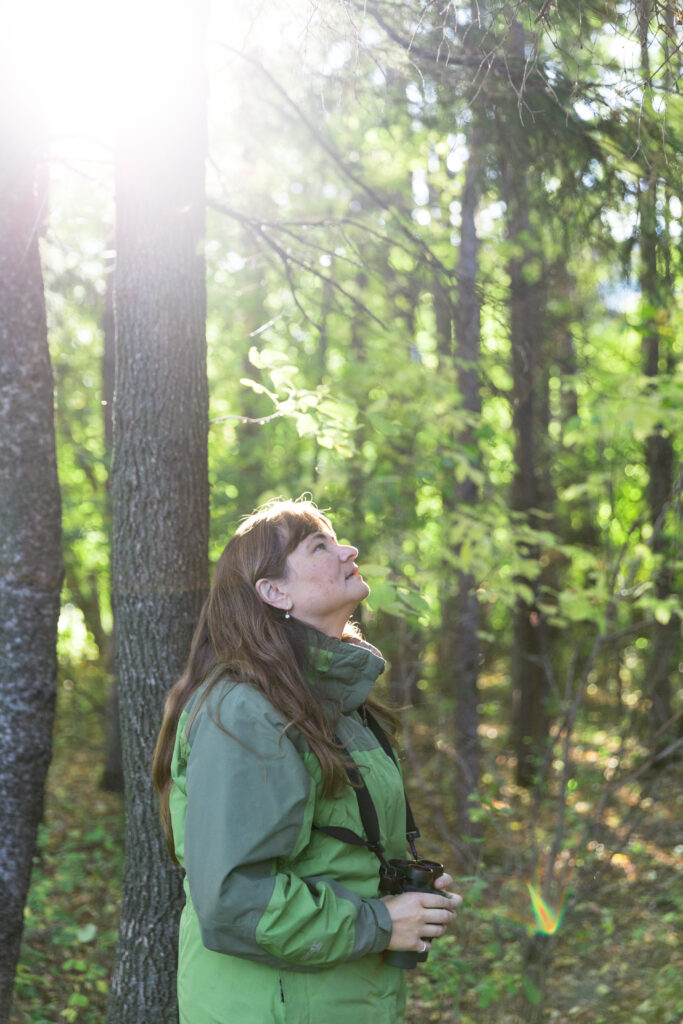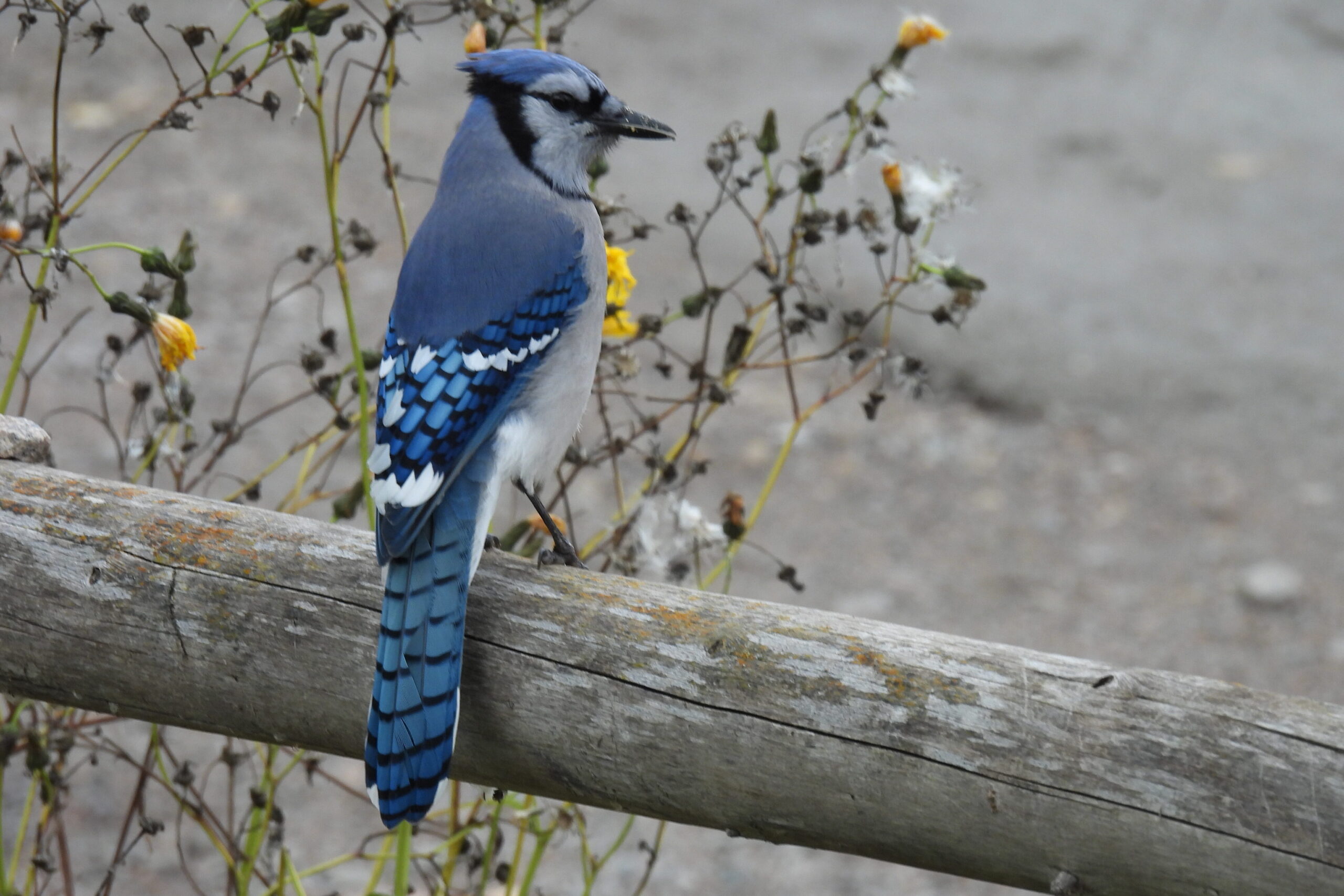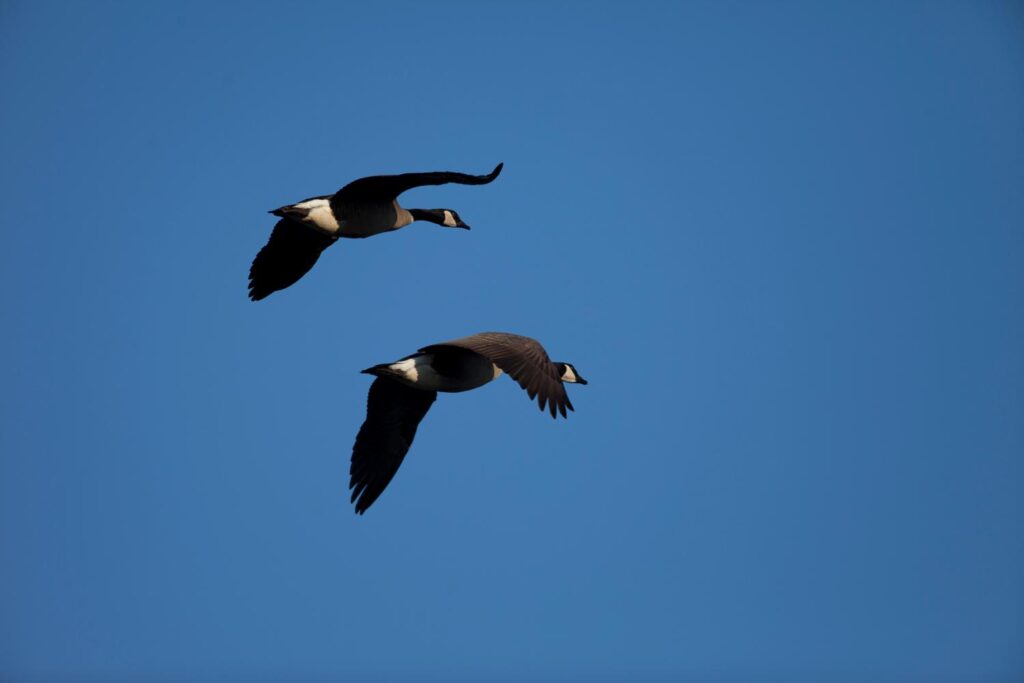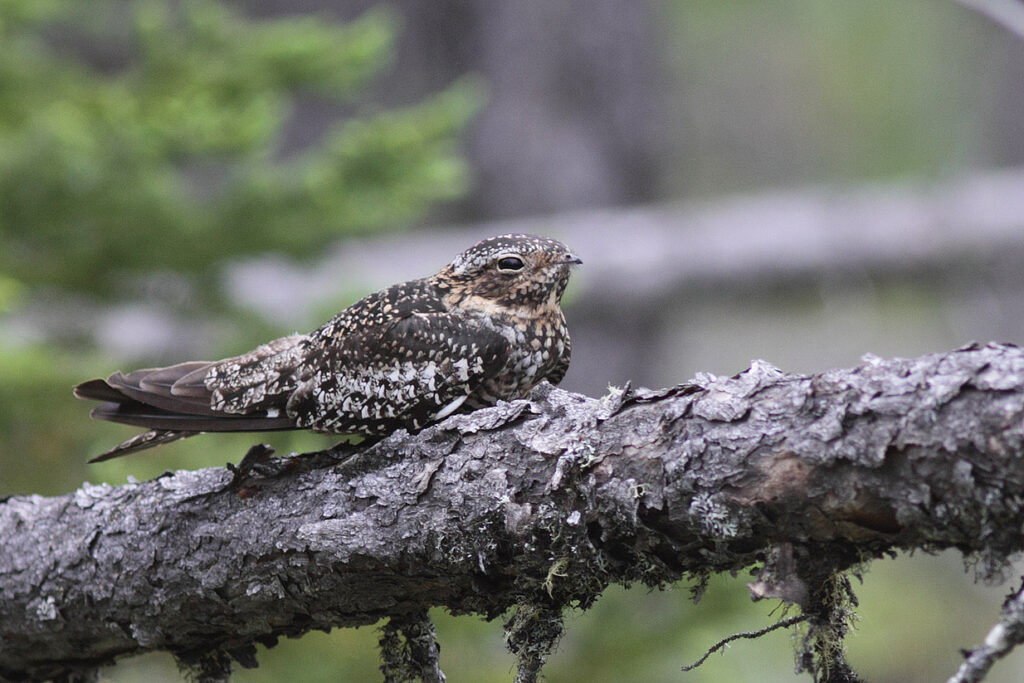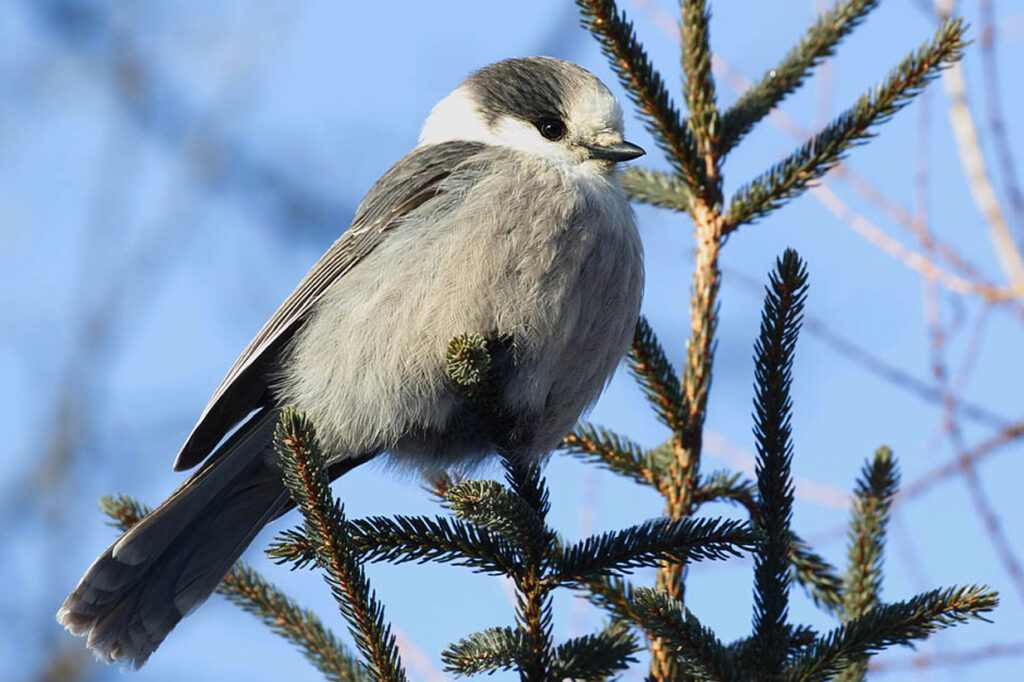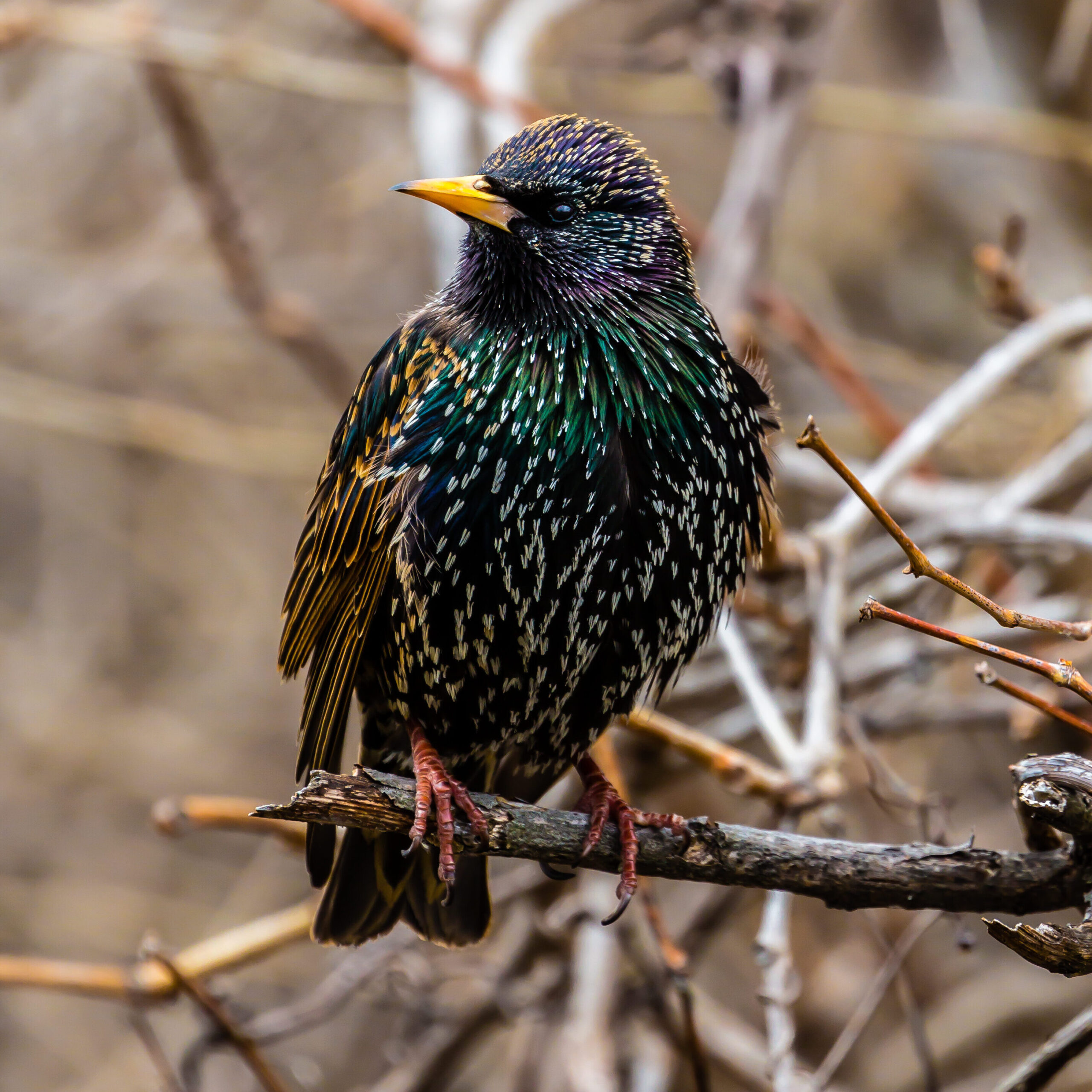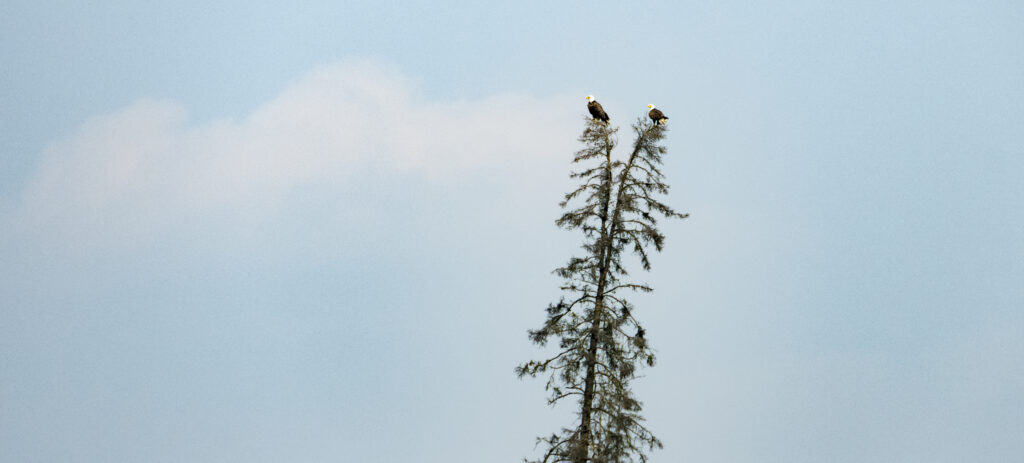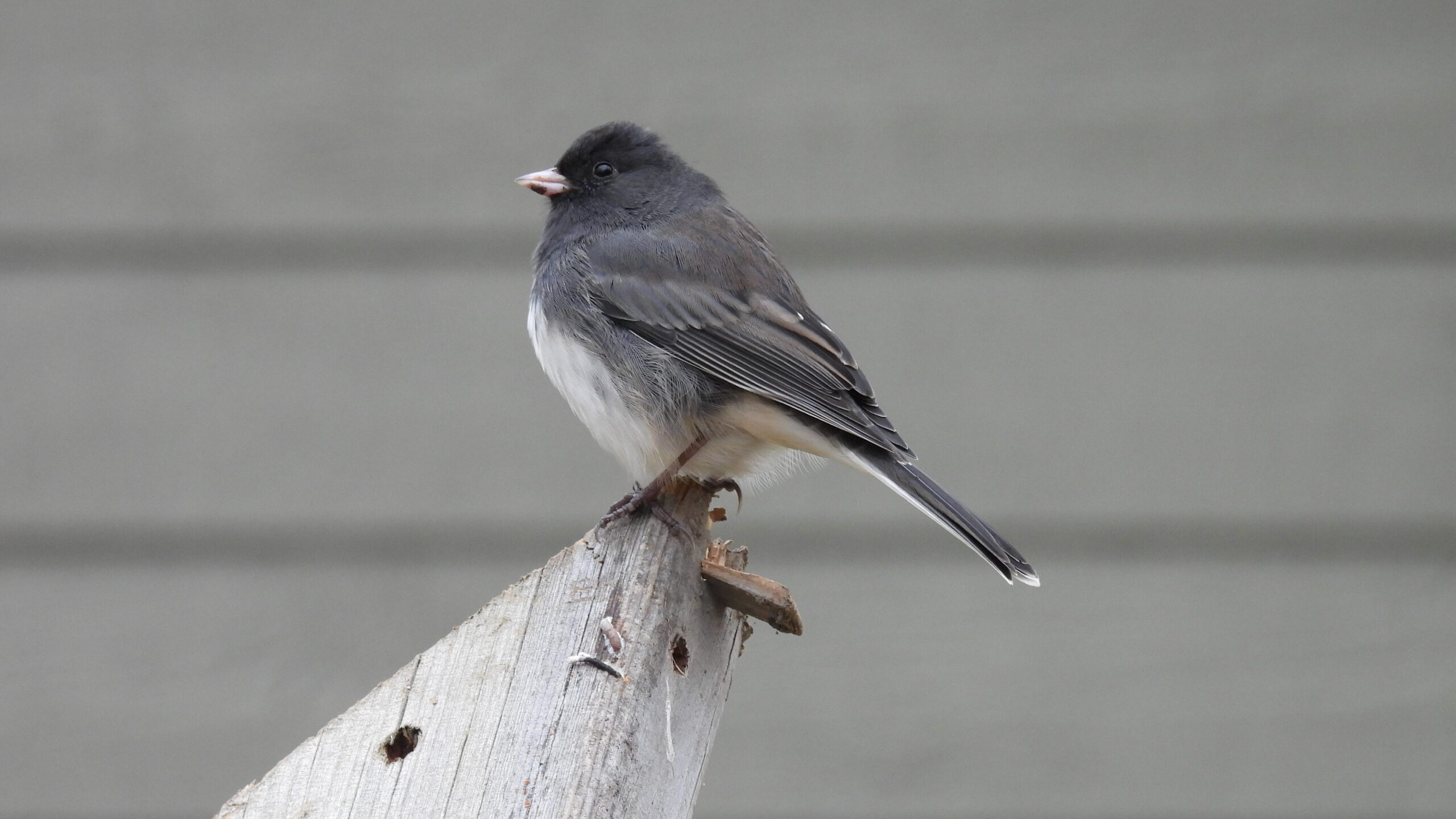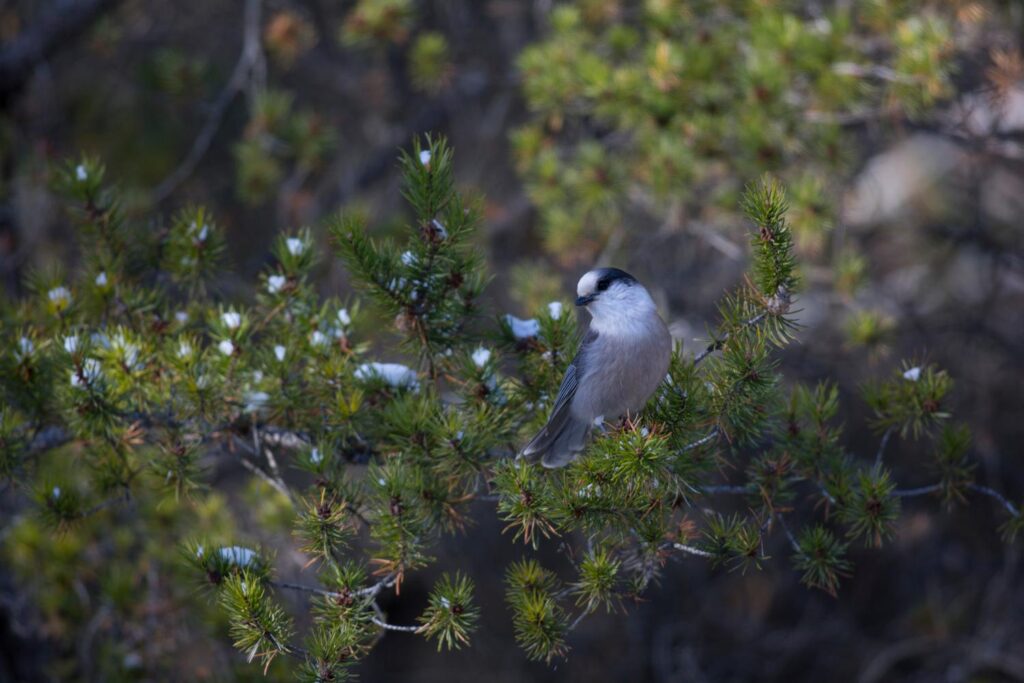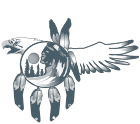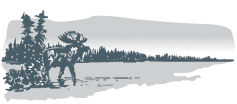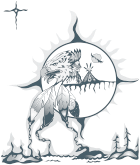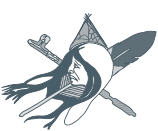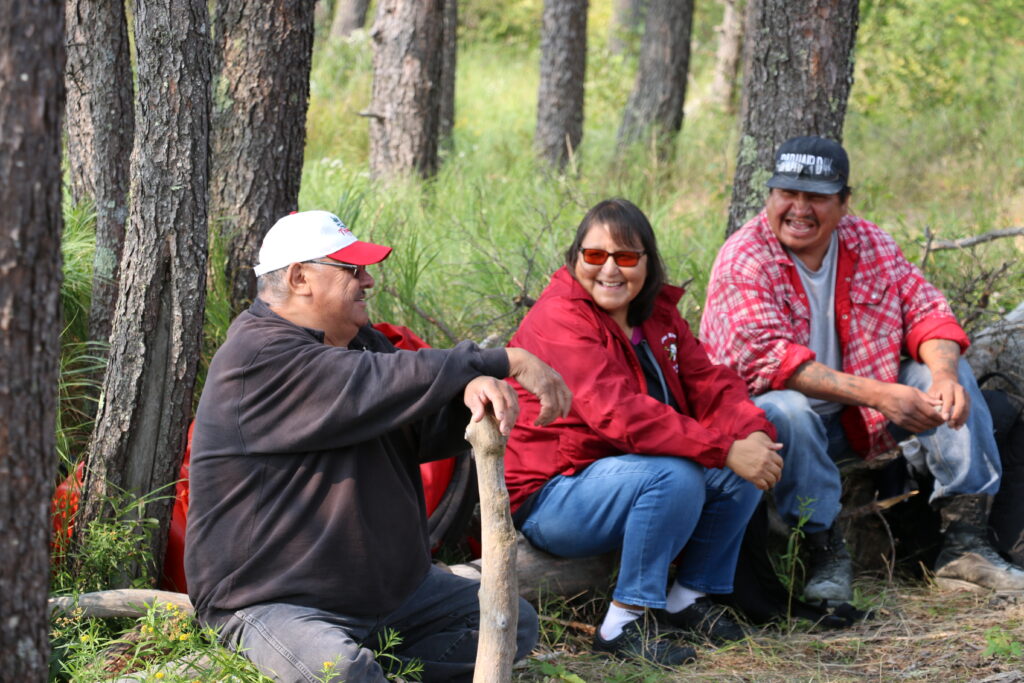
Gizhe Manidoo lowered nitam anishinaabe (first human) to Earth and gave him the responsibility to name everything in existence. This is how Anishinaabemowin was born.
Over 80 percent of people in Pimachiowin Aki speak the ancient Ojibwe language Anishinaabemowin. Each community has its own dialect. Pimachiowin Aki Guardian Melba Green helped us create this series of language videos so that you can hear how we say common Aninishinaabemowin words in Bloodvein River First Nation.
Anishinaabemowin is often the first language children learn to speak.
Anishinaabemowin is the primary language we speak at home and work. Children and youth learn this vibrant language in school every day.
Learn how to say the days of the week
Hear words related to family
The survival of Anishinaabemowin is directly related to the survival of Anishinaabe identity and culture.
We are tied to our language the same way we are tied to the land. Anishinaabemowin expresses our heritage, values and culture. We use it in traditional ceremonies, and in stories and songs passed down through generations. It is our unique way of understanding the world.
Hear words related to our cultural heritage
Anishinaabemowin reflects how land and animals are understood.
For millennia, our ancestors have spoken Anishinaabemowin to pass down traditional knowledge such as when to plant and harvest, how to spot seasonal changes, and where to track migration of geese and woodland caribou. Our language holds our knowledge of the environment. Therefore, preserving our language means preserving the land.
The world’s languages and animal species have both declined by about 30% since 1970. Some conservationists and climate scientists believe the key to protecting endangered plants and animals may lie in efforts to preserve Indigenous languages.
cbc.ca, The Current
Learn how to say the four seasons
Hear words related to plants that grow in Pimachiowin Aki
Learn words for wildlife that lives in Pimachiowin Aki
The hereditary transmission of culture is mediated not by passing DNA from parent to offspring, but by one individual learning something from another, and this transmission is greatly facilitated and accelerated by means of language.
Biocultural Diversity, Threatened species, endangered languages
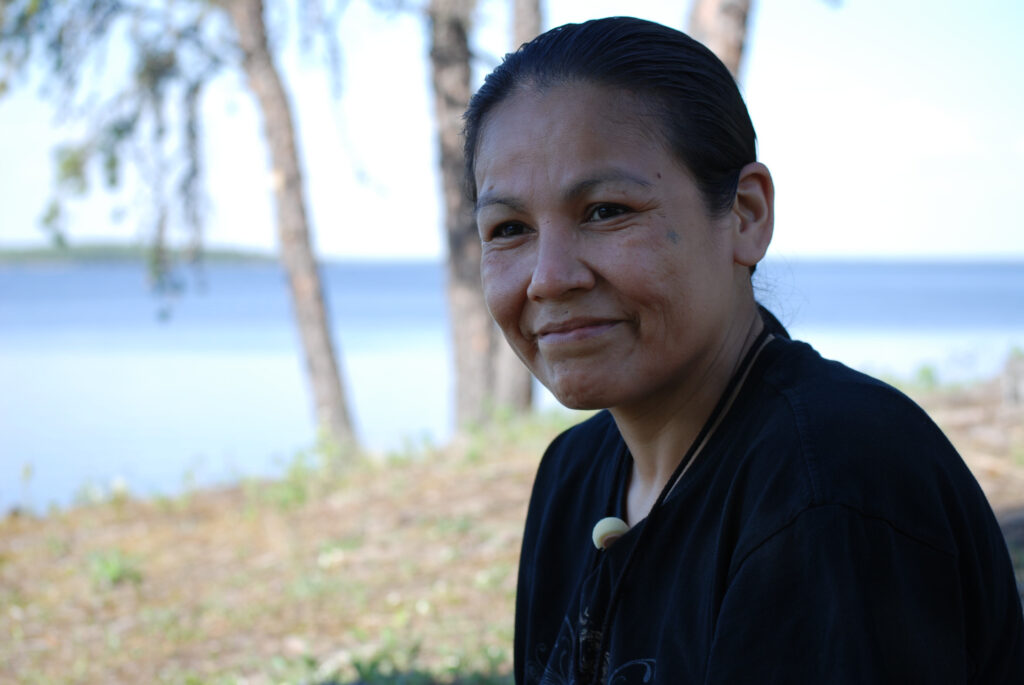
Miigwech to Pimachiowin Aki Guardian Melba Green for providing the voice-overs.
From friendly insults to words spoken in spring…
Listen to the mother and son language podcast exploring lessons in Anishinaabemowin, featuring Sophia and Paul Rabliauskas of Poplar River First Nation:
https://www.cbc.ca/news/indigenous/paul-sophia-rabliauskas-anishinaabemowin-1.5919310
Follow us for more information about Pimachiowin Aki:
Sources
https://www.cbc.ca/originalvoices/language/anishinaabemowin/
https://www.cbc.ca/radio/thecurrent/back-to-the-land-preserving-indigenous-language-1.6152854
https://www.thecanadianencyclopedia.ca/en/article/anishinaabemowin-ojibwe-language
https://www.researchgate.net/publication/291352235_Biocultural_Diversity_threatened_species_endangered_languages
